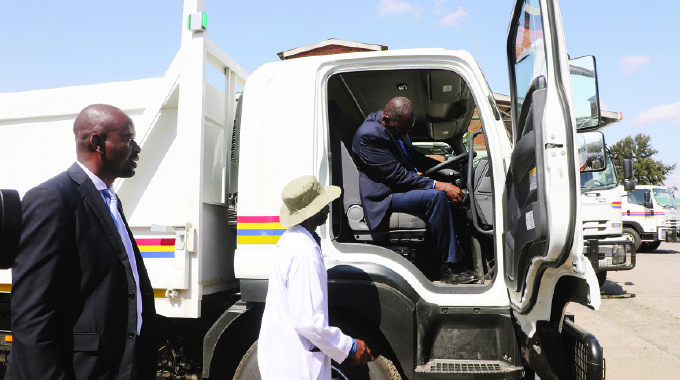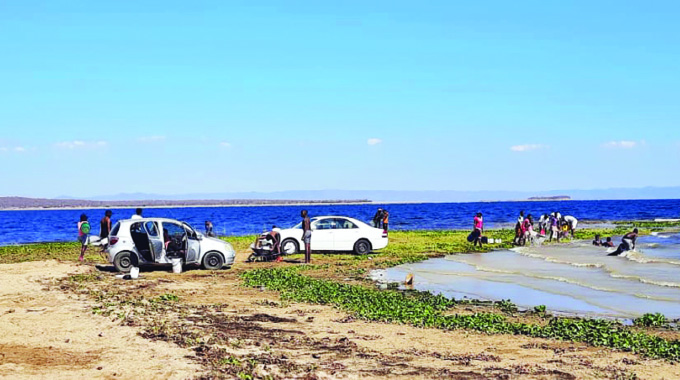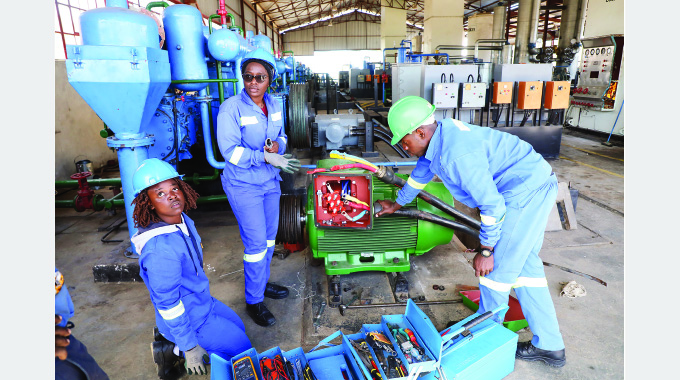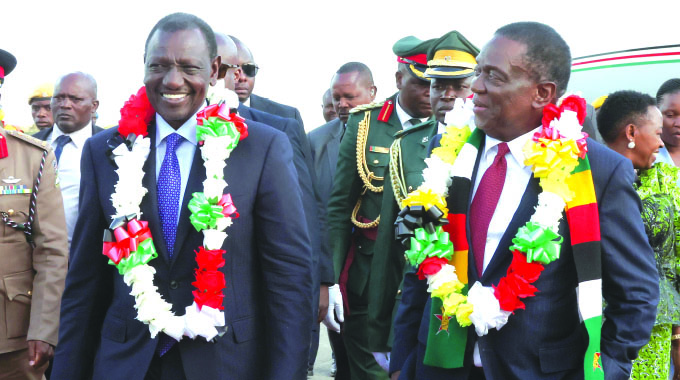ZESA equipped to locate cable faults

Kudzaishe Muhamba and
Chenai Museta
Zesa’s distribution arm, ZETDC yesterday received 35 operational vehicles and five sets of cable fault location equipment which is meant to make it a lot quicker and easier to trace and attend to faults.
This is a continuation of the President Mnangagwa Zesa retooling initiative launched last year, where he handed over the first batch of the operational fleet. ZETDC is responsible for the entire national grid, all the way from the trunk lines from the power stations and intercity links right down to the 220V lines delivering power to homes, along with the transformers and substations.
This addition to the fleet is in line with Vision 2030 and the National Development Strategies 1 and 2, which emphasise the need to bridge the electricity access gap, improvement in service delivery, grid reinforcement projects and total electrification amongst other initiatives.
Speaking at the handover ceremony, Zesa Holdings executive chairman Dr Sydney Gata, who was represented by group finance controller Engineer Eliab Chikwenhere, said ZETDC had incorporated requirements for additional vehicles to spearhead projects that are already in progress.
“As of today we have received 30 operational vehicles and 2 personal issue vehicles for our engineers as per the contractual obligations. Seven lorries are already in Harare undergoing pre-delivery inspection. We expect delivery of 8 more lorries in September.”
Additional vehicles will spearhead the Zesa-Rwanda Energy Group programme. Details of this programme will be given soon, he said, but 280 vehicles are being procured for access projects, grid reinforcement and smart metering projects.
Dr Gata said the objective of procuring an operational vehicle is to improve project implementation and cut delays in the turnaround time for faults.
“Our business is centred on customer centricity and from an industrial relations perspective, providing adequate resources improves employee engagement and motivation.”
“To this end, ZETDC has awarded contracts for the delivery of 589 vehicles during the first half of 2022 and will continue to look for resources until the target has been met,” he said.
Zesa secured funding from Afreximbank of US$188 million which was channeled towards the procurement of cable fault location equipment.
ZETDC acting managing director Engineer Howard Choga said operations had been affected by lack of adequate cable fault location equipment.
“There has been challenges in timely rectifying faults as regions shared the limited cable fault location equipment. In Harare cable faults normally took days before they were attended to.” There were just two sets of equipment, he said.
Eng Choga said ZETDC had a gap of 2 000 vehicles to reach the optimal fleet size and replace old vehicles now at the end of their working life.
“Most vehicles in the existing fleet have reached the end of their life. As a short term strategy, ZETDC has been hiring vehicles from individuals.
“In the 2022 procurement plan, ZETDC targeted to procure at least 1000 operational vehicles distributed,” he said.
ZETDC Harare Region managing director Engineer Abel Goropera appreciated the coming in of the new equipment as this is going to improve response rate to cable faults.
“Harare central business district and surrounding suburbs were predominantly electrified using cable networks which posed a huge challenge in the event of any faults as they require the use of specialised equipment.”
ZETDC Eastern Region managing director Engineer Milton Munodawafa said the new equipment is going to go a long way in improving service delivery to clients and motivate employees to work.
“After the cyclone idai disaster, the Eastern Region suffered a great loss and has been battling to restore supplies using contractors. The new vehicles and cable fault location equipment is going to improve on those works to be carried out,” he said.








Comments